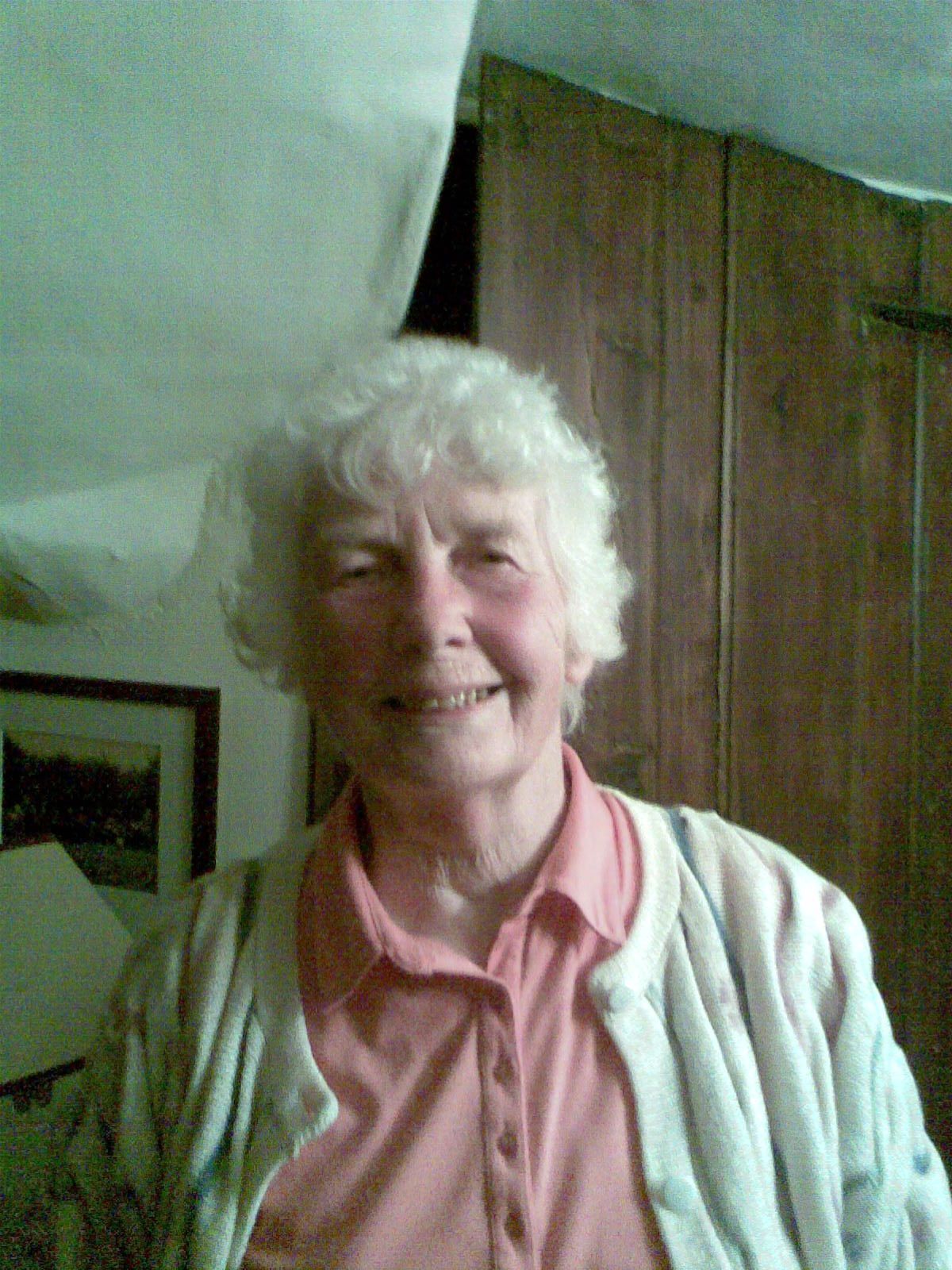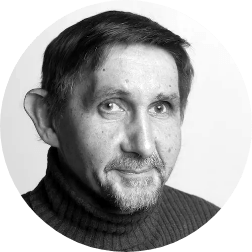One of my patients recently said that one of the things that I did in our work was that I bought into the front of her vision those things that were just on the periphery of her sight. As a child I used to lie on my bed and try and see what was at the edges of my vision. I strained to see what I knew was there but couldn’t see. Perhaps that’s why I became a counsellor. I spend a lot of my time looking at things that aren’t there. As Freud put it, the purpose of psychoanalysis is to make conscious the unconscious.
Simon Feuerman, an American psychoanalyst, recently wrote about God. Or, specifically, a patient’s thoughts about God:
“I went to the cemetery to visit my mother’s grave,” a patient told me. “I put the stones there, I knew I had to pray, but believing in nothing, I put my head down and prayed to ‘nothing’. But who, exactly, is this ‘nothing’? I ‘know’ there’s nothing out there, but I pray because there is something in that ‘nothing.’”
I like that. “There’s something in that nothing.”
Many of the creation stories have this idea. That Something is created out of Nothing. It’s an intriguing conundrum which belongs outside this blog -thankfully. Yet it is not unusual for a patient to come and tell me they have nothing to say today. Fifty minutes later we find that this Nothing contains all manner of ‘stuff’, that is very much Something! It is one of the pleasures of working as I work that I, too, can come to a session with Nothing. The analyst Adam Phillips commented that he approaches his work in a state of boredom, waiting for his patient to enliven him. I know what he means. A patient came to see me asking for advice about a problem. I explained that I didn’t ‘do’ advice because I saw no point to it. They looked puzzled and irritated. “You don’t give advice?”
“No… but what I can do is listen with you and think with you, to try and understand what might be going on, both here in this room and at home.”
“So you have no advice for me about what I should do?”
“That’s right. But as I have said, I can listen and comment on what I hear.”
My patient left feeling cross and irritated – which was not my intention. But unless they were able to risk Nothingness, I couldn’t help them. There are, in fact, many days when I half wish I had trained in CBT. Then I would have a manual to refer to:
“Anxiety states pp 12-45, Depression pp 1-56, Anger management pp 45-70”
And so on. A set technique for any given problem. Learn the manual and, hey presto, you are a therapist! Apologies to my CBT colleagues for a shameless caricature of your work but sadly I can’t work like that. I like Nothing. It’s so interesting.
Don't give up








